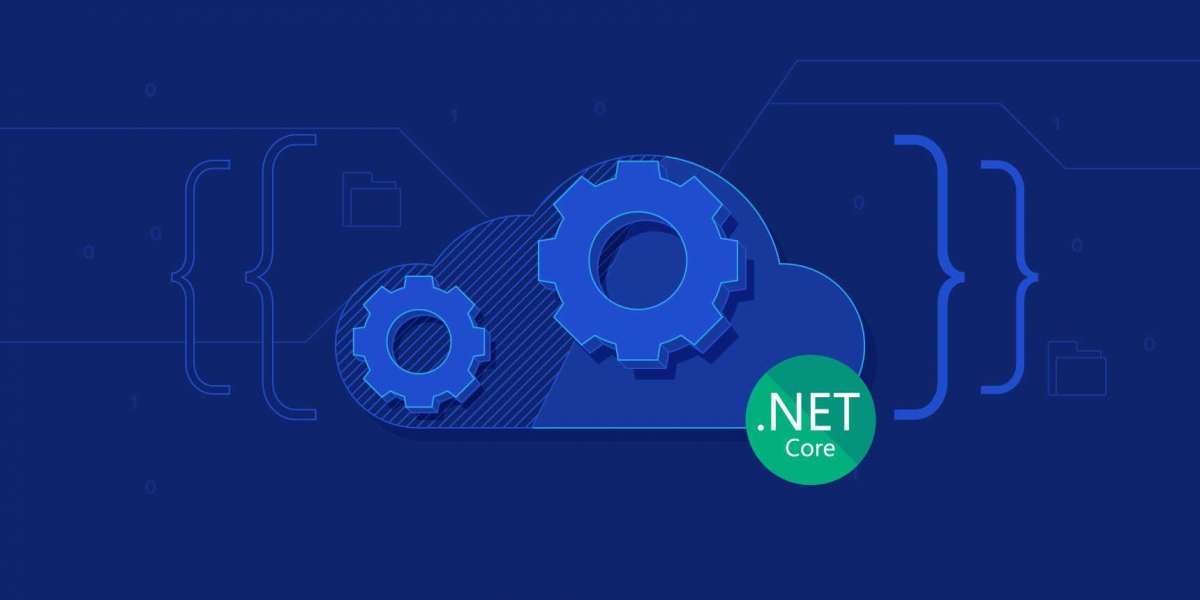Software product engineering is a comprehensive and dynamic process that involves multiple stages, each crucial to the development of a successful software product.
Whether it’s a mobile app, a web application, or enterprise software, understanding these stages can help in delivering a high-quality product that meets user expectations and market demands.
Here, we explore the seven key stages in software product engineering.
1. Ideation and Conceptualization
The first stage of digital product engineering services begins with ideation and conceptualization. This phase involves generating and refining the core idea for the software product. Key activities include:
- Brainstorming Sessions: Involving stakeholders to come up with innovative ideas.
- Market Research: Analyzing market trends, understanding user needs, and studying competitors.
- Feasibility Study: Assessing the technical, financial, and operational feasibility of the idea.
The outcome of this stage is a clear and concise product concept that outlines the software's purpose, target audience, and core features.
2. Requirement Analysis
Once the concept is established, the next step is requirement analysis. This stage is crucial for understanding what the software product needs to achieve and how it should perform. Key tasks include:
- Gathering Requirements: Collecting detailed requirements from stakeholders and users.
- Creating Requirement Specifications: Documenting functional and non-functional requirements.
- Requirement Validation: Ensuring that the requirements are complete, consistent, and achievable.
This phase results in a comprehensive requirement specification document that serves as a blueprint for the subsequent stages of development.
3. Design
The design stage translates requirements into a blueprint for building the software product. This phase involves both high-level system design and detailed design activities:
- Architectural Design: Defining the overall structure of the software, including the architecture, modules, and data flow.
- UI/UX Design: Creating wireframes, prototypes, and user interfaces that focus on user experience.
- Detailed Design: Specifying detailed algorithms, data structures, and interfaces.
The design phase culminates in detailed design documents and prototypes that guide the development team.
4. Development
Development is the stage where the actual coding happens. This phase is typically divided into sub-stages to manage complexity and ensure quality:
- Frontend Development: Building the user-facing part of the software.
- Backend Development: Developing server-side logic, databases, and APIs.
- Integration: Integrating various components and ensuring they work together seamlessly.
Agile methodologies are often used during this phase to allow iterative development, continuous integration, and frequent testing.
5. Testing and Quality Assurance
Testing and quality assurance are critical to delivering a reliable and high-quality software product engineering. This stage involves various types of testing:
- Unit Testing: Testing individual components for correctness.
- Integration Testing: Ensuring that integrated components work together as expected.
- System Testing: Verifying the complete system for compliance with requirements.
- User Acceptance Testing (UAT): Validating the software with end-users to ensure it meets their needs.
- Performance and Security Testing: Assessing the software's performance and security.
The objective of this stage is to identify and fix bugs, ensure the software meets quality standards, and is ready for deployment.
6. Deployment
Deployment involves delivering the software product to the end-users. This stage includes:
- Release Planning: Planning the release strategy, including beta releases and final deployment.
- Environment Setup: Setting up production environments and ensuring they are configured correctly.
- Deployment: Deploying the software to the production environment.
- Post-Deployment Monitoring: Monitoring the software for any issues that might arise after deployment.
Successful deployment ensures that the software product is accessible to users and operates as intended in the production environment.
7. Maintenance and Updates
The final stage of software product engineering is maintenance and updates. This phase is ongoing and involves:
- Monitoring and Support: Continuously monitoring the software for issues and providing user support.
- Bug Fixes: Addressing any bugs or issues reported by users.
- Updates and Enhancements: Releasing updates to improve functionality, performance, and security, as well as adding new features based on user feedback and market trends.
This stage ensures that the software product remains relevant, functional, and competitive over time.
Conclusion
Software product engineering is a structured yet flexible process that requires careful planning, execution, and continuous improvement.
By understanding and effectively managing each of the seven stages – ideation and conceptualization, requirement analysis, design, development, testing and quality assurance, deployment, and maintenance and updates – teams can deliver successful software products that meet user needs and market demands.
Each stage plays a vital role in the overall success of the software product, making it essential to approach them with diligence and expertise.







